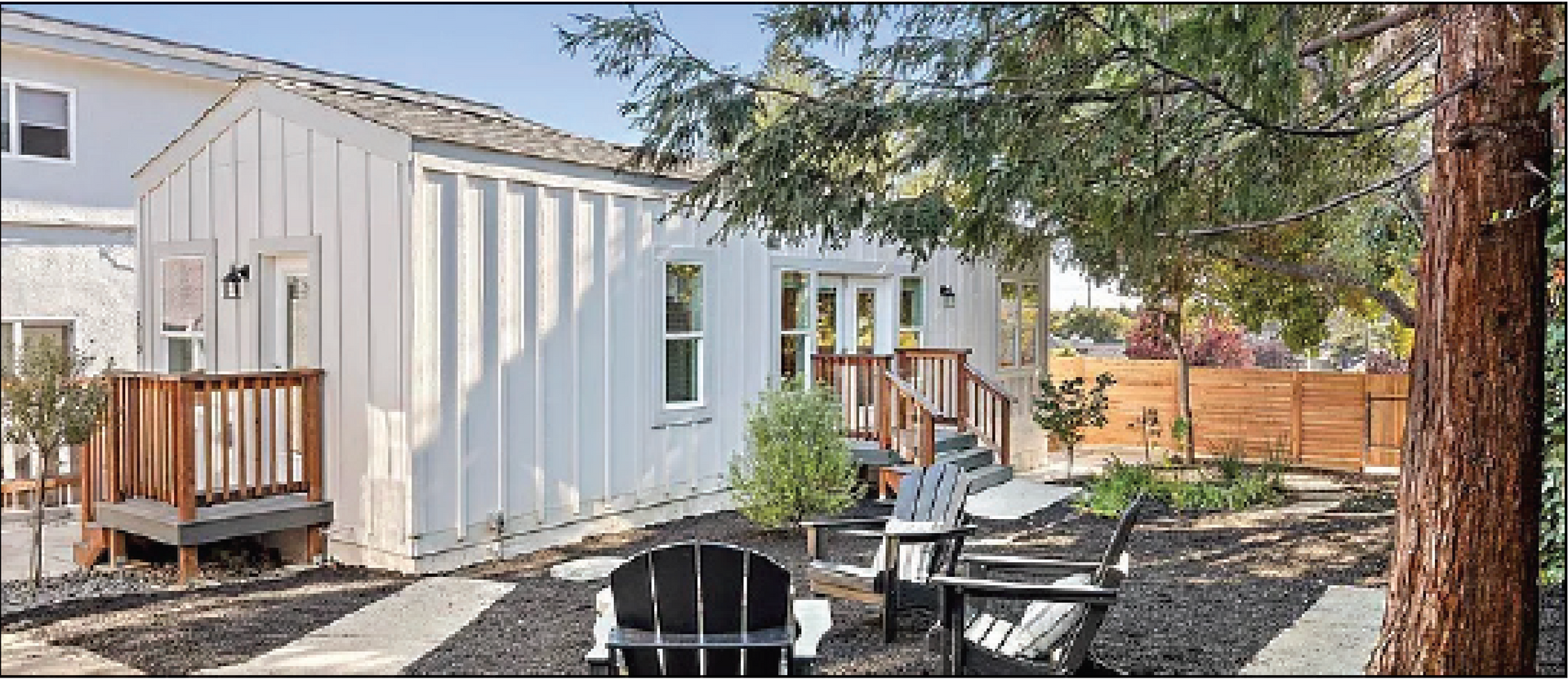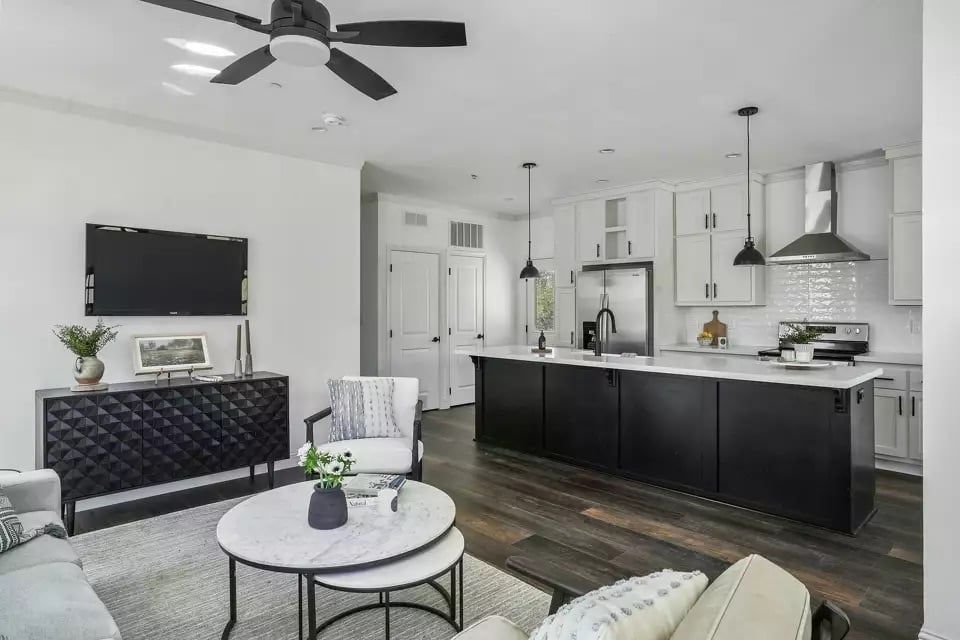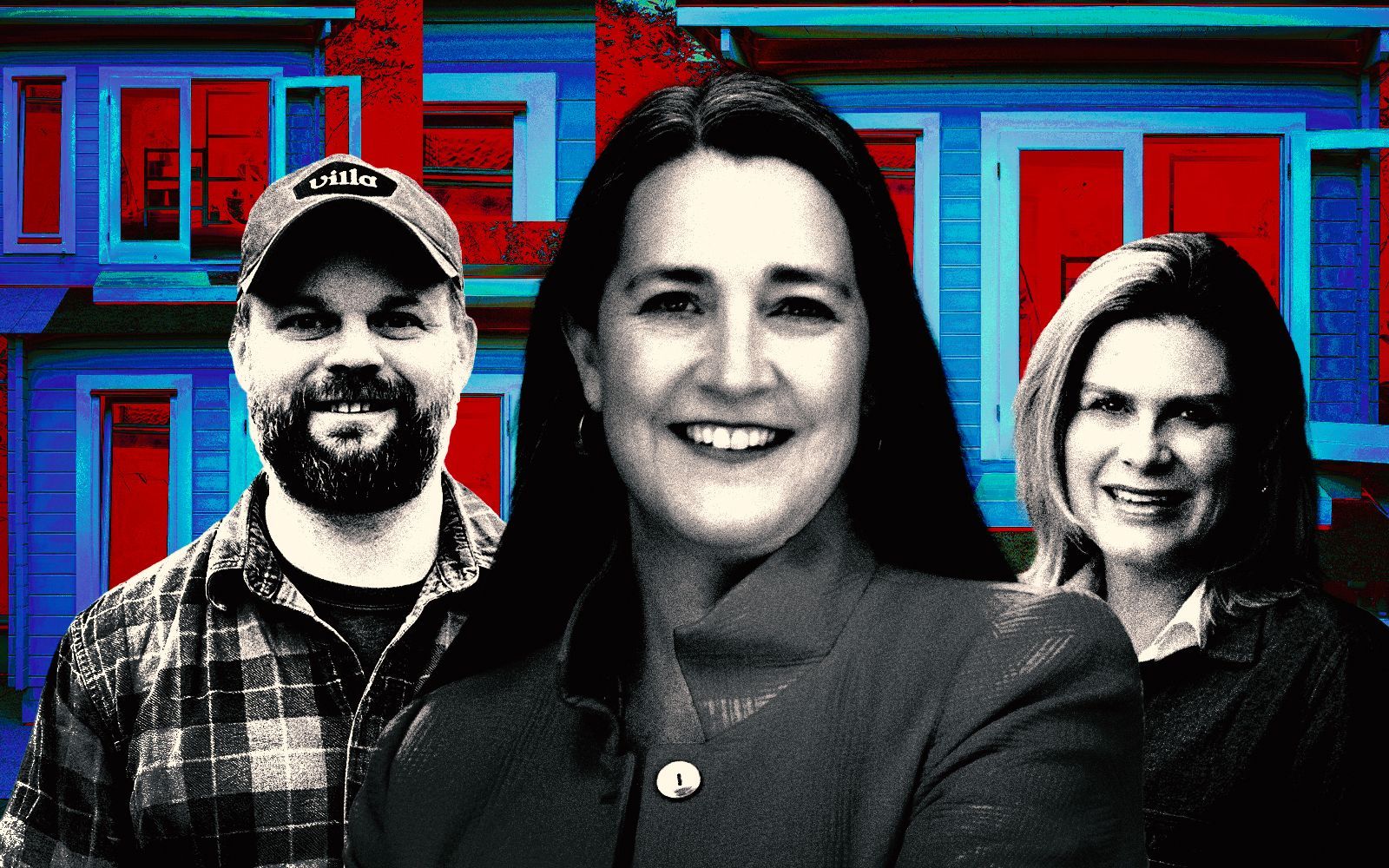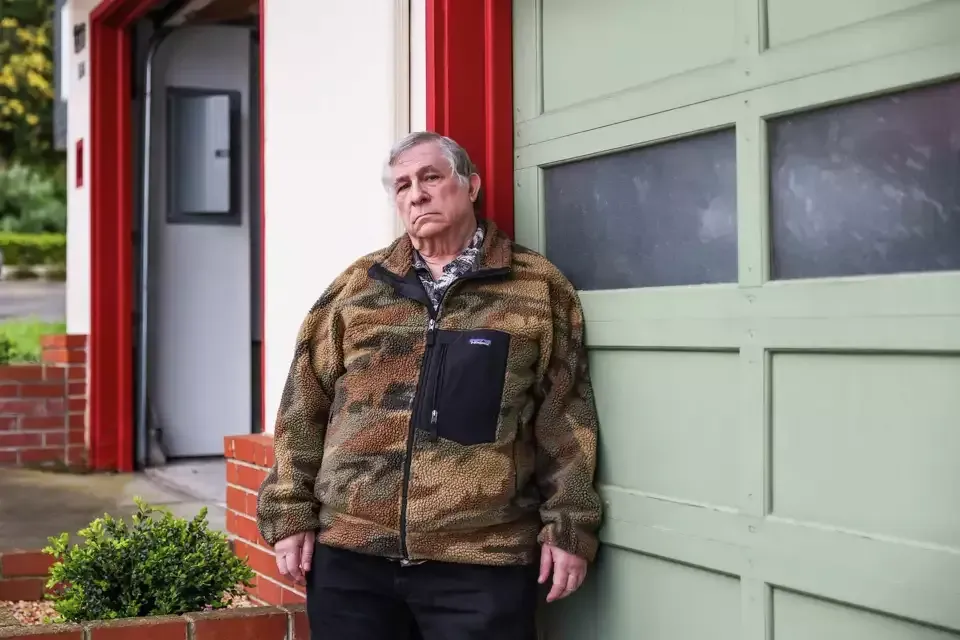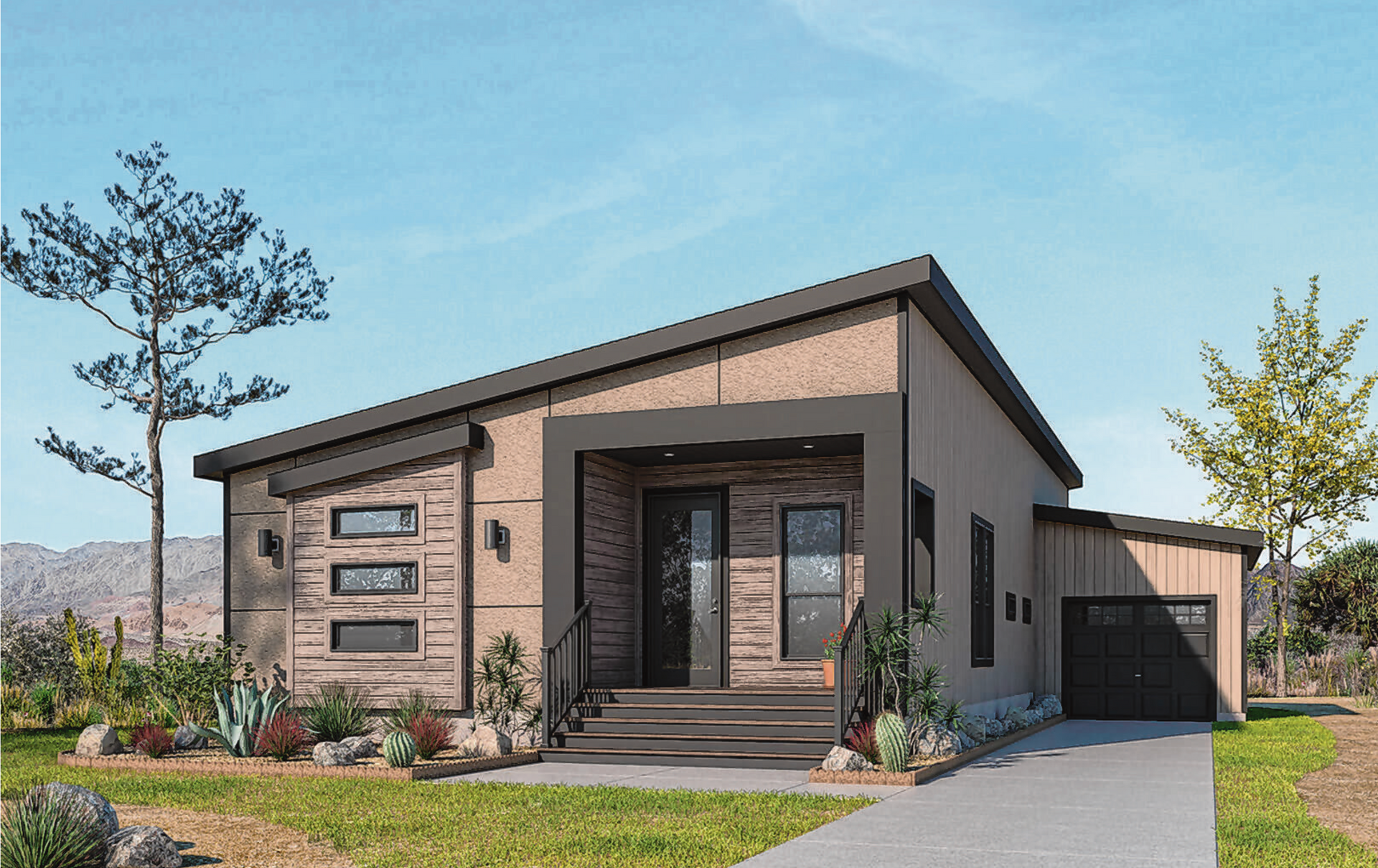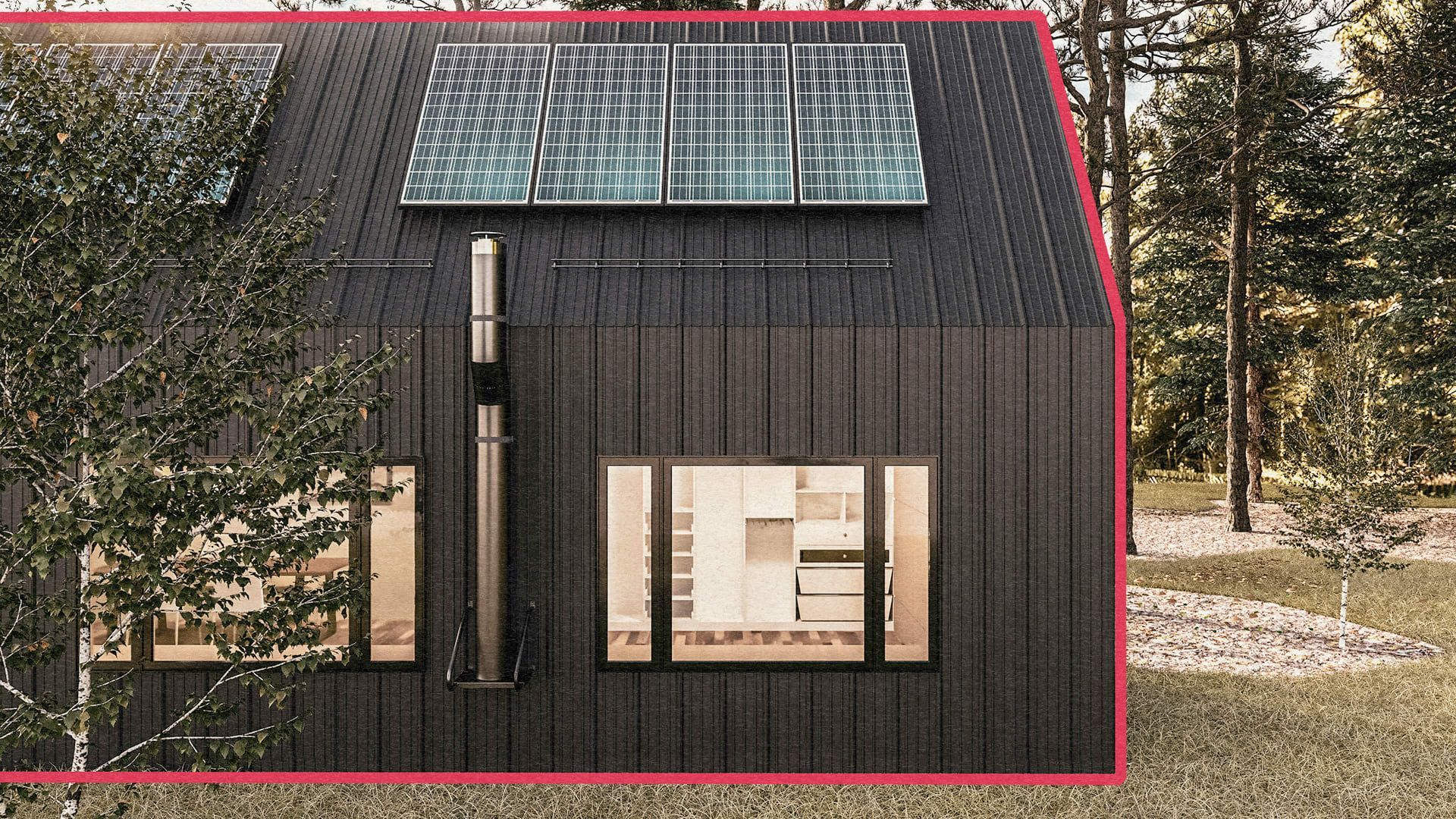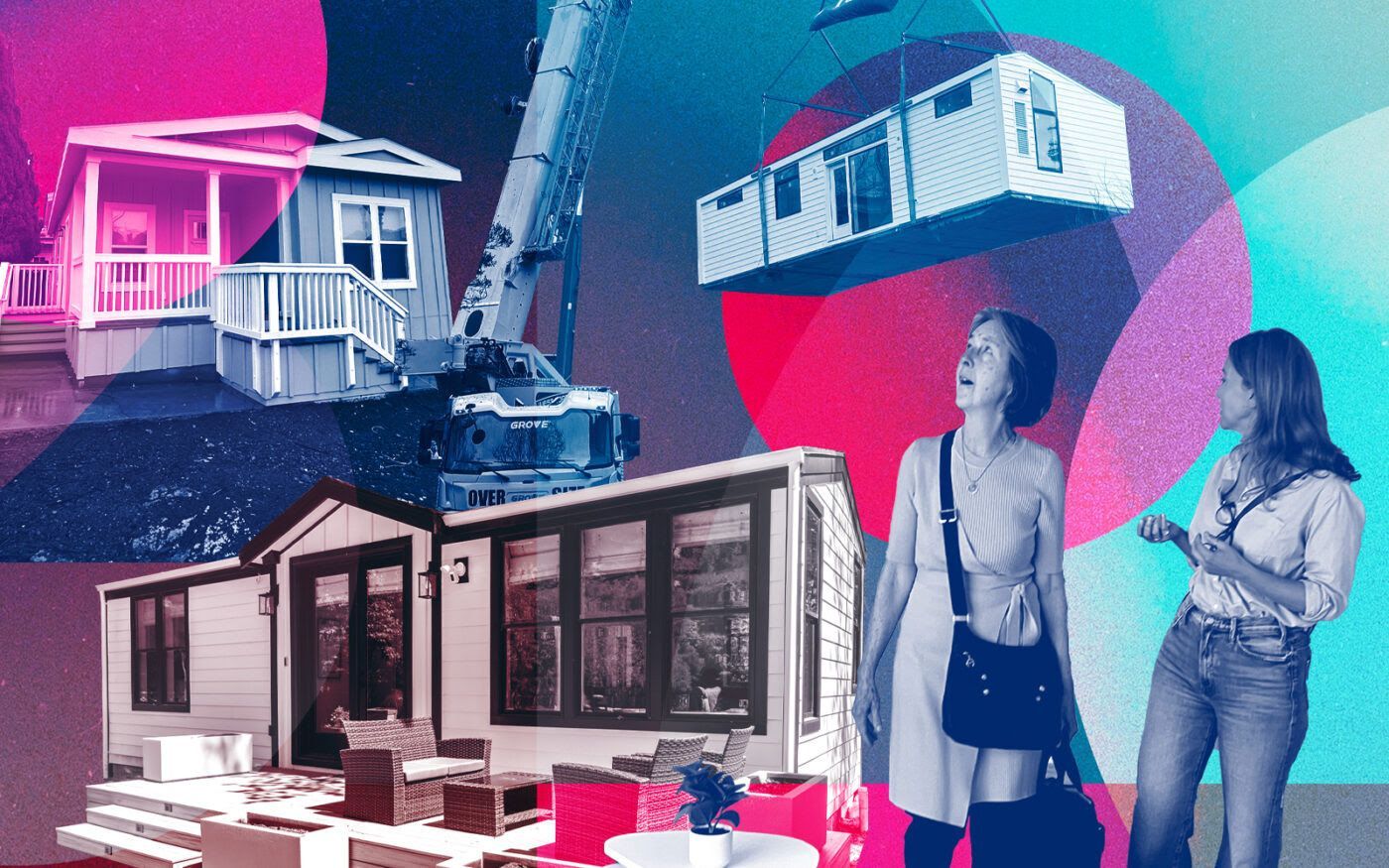California’s SB9 Housing Law Effect on Single-Family Zoning
Senate Bill 9, promoted by Senate leader Toni Atkins and supported by Assembly Speaker Anthony Rendon, both Democrats, would make it easier to build smaller second units on what are now single-family properties. That could include up to four units, such as duplexes or homes with attached living units, if the lot is split into two equal parcels under the bill. (Nhat V. Meyer/Bay Area News Group)
Gov. Gavin Newsom this week signed a pair of bills into law that effectively put an end to traditional single-family zoning restrictions in most neighborhoods statewide.
Senate Bills 9 and 10, which take effect Jan. 1, 2022, will make it easier for Californians to build more than one housing unit on many properties that for decades have been reserved exclusively for single-family homes and will give cities greater flexibility to place small apartment complexes in neighborhoods
near public transit.
Although the laws represent two new approaches toward alleviating the state’s housing crisis, experts say neither is likely to produce the number of units needed to fully resolve it.
Here are answers to some questions you may have about these new laws.
What is Senate Bill 9?
Senate Bill 9 is the most controversial of the two new laws. It allows property owners to split a single-family lot into two lots, add a second home to their lot or split their lot into two and place duplexes on each. The last option would create four housing units on a property currently limited to a single-family house.
The new law will mark a shift from current policies that allow only two large units — a stand-alone house and an accessory dwelling unit — on single-family lots, as well as an attached junior unit no larger than 500 square feet.
Under the new law, cities and counties across California will be required to approve development proposals that meet specified size and design standards.
What are the caveats?
The law is designed to create additional housing while also preserving low-income, affordable units.
A proposed project under this new law cannot result in the demolition or alteration of affordable or rent-controlled housing or market-rate housing that has been occupied by a tenant in the past three years. Properties listed as historic landmarks or those located within a historic district are off-limits for new development. Wetlands, farmland and properties at high risk of fire or flooding are also exempt.
If someone chooses to split their property in two, each new lot must be at least 1,200 square feet, according to the new law.
Any unit created as a result of the law cannot be used for short-term rentals. They must be rented for a term longer than 30 days.
Who can do this?
Homeowners or landlords can apply to upzone their properties through their local jurisdiction, but only if they plan to live on the property for a while.
Property owners must sign an affidavit stating they will occupy one of the housing units as their primary residence for at least three years after splitting their property or adding additional units.
Does this law allow for offices and new housing units on single-family properties?
No. Any new units created under SB 9 must only be used for residential purposes.
Do cities and counties have to abide by this new law?
Under SB 9, local government officials may only deny a development application if they find that the proposed project would have a “specific, adverse impact” on “public health and safety or the physical environment” and there are no feasible and satisfactory mitigation options.
Will local rules about maximum square footage, building height and parking apply?
Proposals under this new law must adhere to objective zoning and design review standards established by local cities and counties. Developments must still follow local zoning rules such as those governing height and yard size requirements.
No parking is required for additional units if the property is within a half-mile of a major public transit stop. However, a local agency can require up to one parking space per unit if there are no frequent transit stops nearby.
Will this law put a dent in California’s housing shortage?
A recent study by the Terner Center for Housing Innovation at UC Berkeley estimated that just 5.4% of the state’s current single-family lots has the potential to be developed under SB 9, making construction of up to 714,000 new housing units financially feasible. That’s only a fraction of the 3.5 million new housing units Gov. Newsom wants to see built by 2025.
What is Senate Bill 10?
Senate Bill 10 eases the process for local governments to rezone neighborhoods near mass transit or in urban areas to increase density with apartment complexes of up to 10 units per property. The new legislation also allows cities to bypass lengthy review requirements under the California Environmental Quality Act in an attempt to help reduce costs and the time it takes for projects to be approved.
